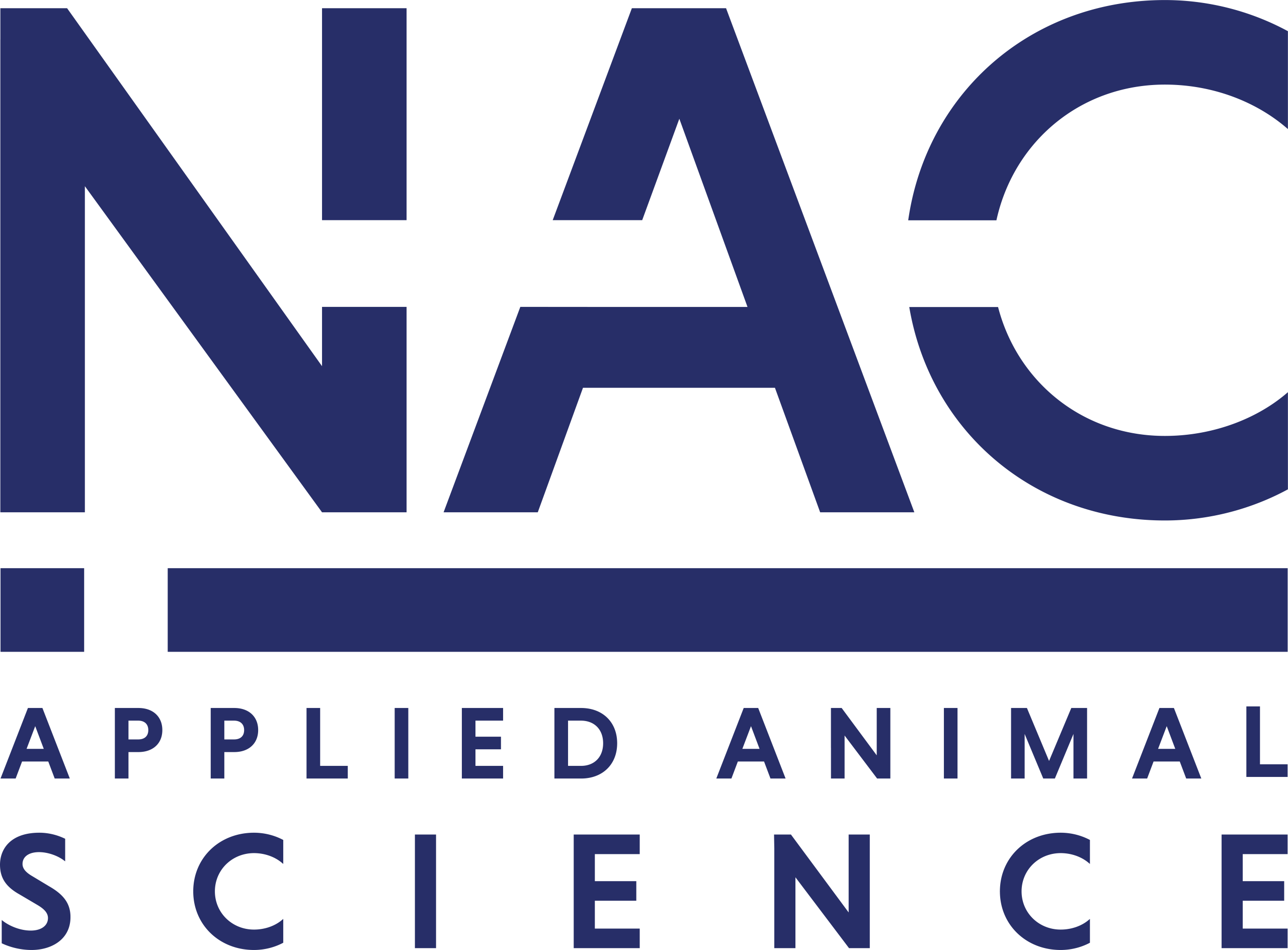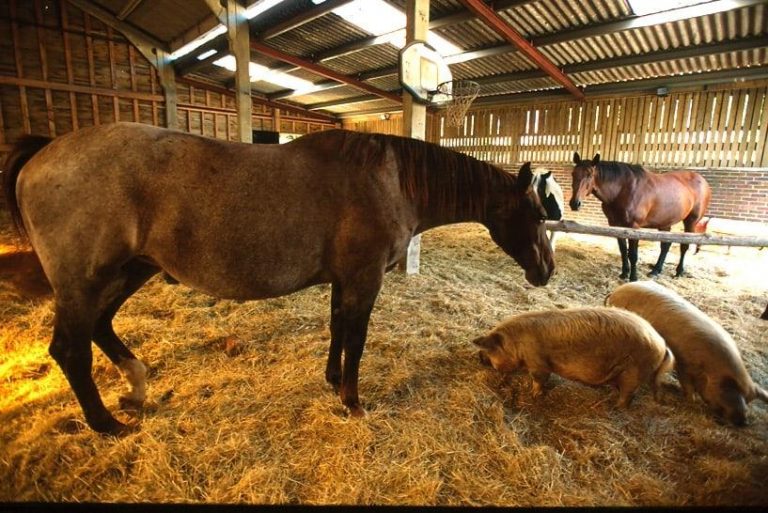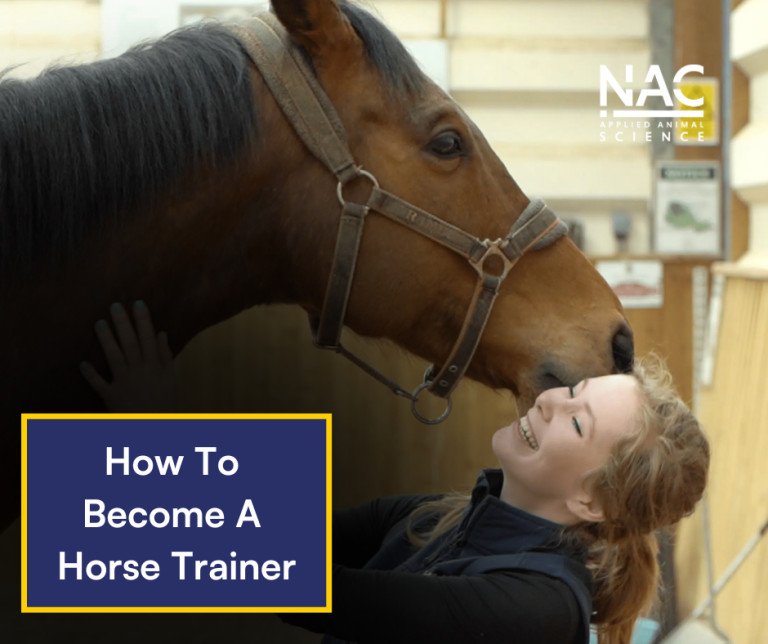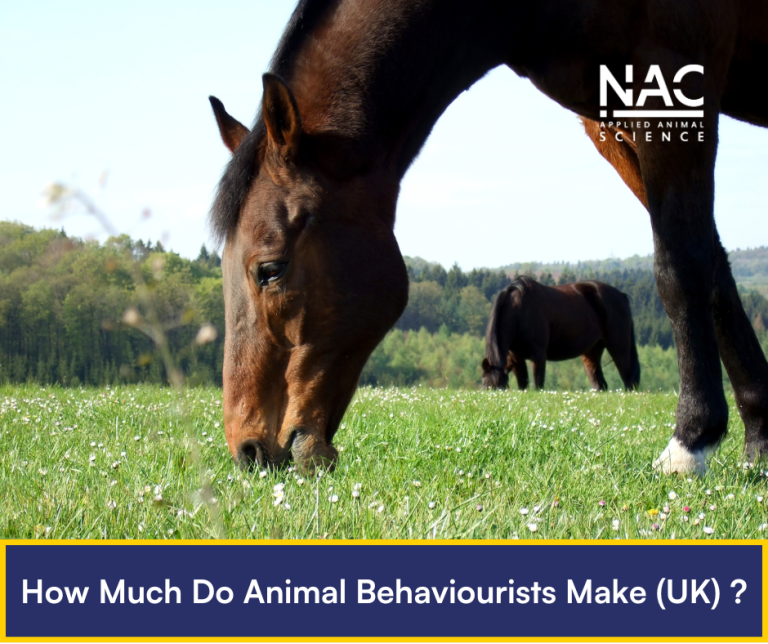Your basket is currently empty!
For dogs, there aren’t many things more freeing than running off the lead, especially if it’s in a nice open field full of new smells and novel objects to investigate. Not only do they get enrichment in their day-to-day life by discovering new things, but they also burn a lot of energy and get much-needed exercise.
The reality of a dog running off lead can be stressful for the owner. This stress only increases if this is your first dog and you have no previous experience of your pup tearing around off the lead. This is why it is so important to begin recall training as soon as possible. Throughout this blog, we introduce you to how to teach a reliable recall, along with a quick guide sprinkled with a few expert tips to make training as effective as possible.
Why Trust an NAC Guide?
Here at The NAC, we are all about understanding animals better through scientifically backed methods and training. We pride ourselves on using science to form the basis of our work, meaning our animal behaviour courses have real substance. This pride extends into our free resources and guides, such as this one, crafted by our team of animal behaviour experts.

What is Dog Recall Training?
Simply put, dog recall training is the process of teaching a dog to come back to you when you call their name or whistle. It is a particularly important skill for ensuring the safety of the dog and its owner. Being able to recall your dog to your side on command is key when in a public park, in a yard or even near a road.
Common Recall Training Problem
As is the case with a lot of training, in the beginning, it can feel like you have no control at all. It is important to remember that building up positive behaviours is a process that requires patience and expectation management. Not every dog is going to respond at the first command, so be patient and work your way up progressively.
When it comes to dog recall training, there are a few common problems we see people come across which put them off completing the training process. We have collated some of the most common reasons people stop and accompanied them with an explanation.
My Dog Doesn’t Listen to Me
As you can imagine, once off the lead for the first time, it can be an incredibly exciting moment for any pup. The world has just opened up to them, and they have (somewhat) a license to roam! You need to understand that this is an exciting experience for them, so they’re likely to be distracted in the first instance. Dogs have an incredibly sensitive and powerful olfactory system (sense of smell), and therefore, they’ll likely go straight after the first scent that catches them. As we will go on to mention in this guide, this is why recall training is important to start indoors or in a controlled environment, where they can only wander off so far.
My Dog Always Runs Off
Dogs and running off can be a dangerous combination, especially when near busy roads, rivers with strong currents or any uncontrolled environment. Our best advice would be if they have a tendency to run off when let off the lead, is to keep them on a long lead and work on recall on the lead first, giving them as much ‘choice’ and ability to roam and then only using the long lead as a backup if needed. Long term, we would want to see the dog develop a reliable recall that works perfectly both on and off the lead.. Not everyone has access to a suitable controlled area, so a long lead and a harness allow you to carry on your recall training without the restrictive feel of a normal short lead.
Our Dog Recall Training Method
Dog recall training can feel like a long and drawn-out affair, which is why it’s even more important to stick at it as the payoff is well worth the patience. Our method is by no means the absolute key to success with recall training, but it is packed full of useful tips to help you make progress.
Teach your Dog its Name
It may seem very simple, but a lot of people miss out on the fundamentals that need to be in place to make training as effective as possible. The first step to recall training is making sure you teach your dog its name. When they begin to recognise your name as a cue to pay attention to you, this is when you can begin implementing your recall word.
The benefit of knowing their name is that it quickly gets their attention should they be distracted or in danger.
When it comes to choosing a recall word, make sure it’s a short and snappy word. Most choose either ‘come’ or ‘here’. You could even opt to whistle instead, should this be more advantageous for their future, i.e. they may be able to hear the whistle from further away, and it is a distinctive sound. It is also advisable to pair your recall word with a visual cue, such as having your arms wide open, should they not be able to hear you.
It is important to give your dog ample time to respond to a recall cue. Using it too much may result in it becoming less effective, and ultimately, they will not return to you.
Start Recall Training Indoors
Starting indoors or in a controlled environment, such as the garden, you can start your recall training. Now that they have learnt their name, we can begin implementing your chosen recall word.
In a closed and controlled environment, get your dog’s attention by using their name. Now you have their attention, use your recall cue and take a step away from them, creating a distance between you and them. When they come back to you, dip into your bag of treats to reward them.
As we have mentioned before, it is important not to overuse the recall word if your dog doesn’t appear to be reacting. Give them a moment to register what it means, and if you’re having no luck, step back beside them and restart the process.
Reward Dog When It Comes Back
In the early stages of recall training, it is important you cover the basics well. When you call them, make sure to use a happy, positive, and excited voice coupled with positive body language (such as opening your arms) to confirm to your dog that they’re doing the right thing. No matter how long it takes for them to come back to you, praise them all the same.
It is always important that your treats are exciting and tempting for the dog, so be sure to pick out their favourite. As they get better at recalling, you won’t need the treats as much, but it is always handy to keep some on you as some impromptu reinforcement if they come back from a big distraction or do a particularly great recall..
Increase Recall Distance
As your success grows with each recall attempt, you can gradually increase the distance between you and your dog. As you get further away, you may need to adjust the volume of your recall to ensure they can hear you. It is important to remember that, despite getting louder, the tone of the call should remain the same, so as not to confuse the dog.
Once you’re happy with the results you’re getting at greater distances, you should then begin implementing distractions to replicate a real-world scenario. When your dog ventures into a field, they’re likely to be distracted by squirrels, leaves and similar objects that take their attention. Should you be satisfied with their recall so far, you’re ready to venture into the great outdoors.
Use a Long Line Lead
Now outside, in a park or a field, it is wise to take what they have learnt into the real world, whilst aided by a long line. This is to keep them safe while you perfect your recall surrounded by nature’s distractions. As you would have practised at a distance in a controlled environment, attempt the same practice methods while they are attached to their long line.
It is important to remember this is a big step in their recall training, so be sure not to get frustrated if they ignore you the first few times. Staying calm will give you the best chance of successfully executing their recall cue. While on the long line, you can guide them back to you, but avoid pulling on the line to bring them back to you. Should they continue to ignore you, you can safely collect them instead, regain their attention and then try again
In order to build up a positive association with recalling, reward them with high-value treats when they return without extra guidance from you. These are the ones you save for special occasions.
As you continue to practise recalling in parks or fields, you can begin phasing out the treats, making it second nature to your pup. If you are having any issues with training, get in touch with your local canine animal behaviourist.
Want to Learn More About Canine Behaviour?
If you want to learn more about why dogs act the way they do, as well as industry-proven methods to train positive behaviours, why not check out our canine courses? Here at The NAC, we specialise in helping those passionate about animals understand them a little better. Our courses cover scientifically backed training methods that you can carry into your training. To find out more, head to our website or get in touch with us.






